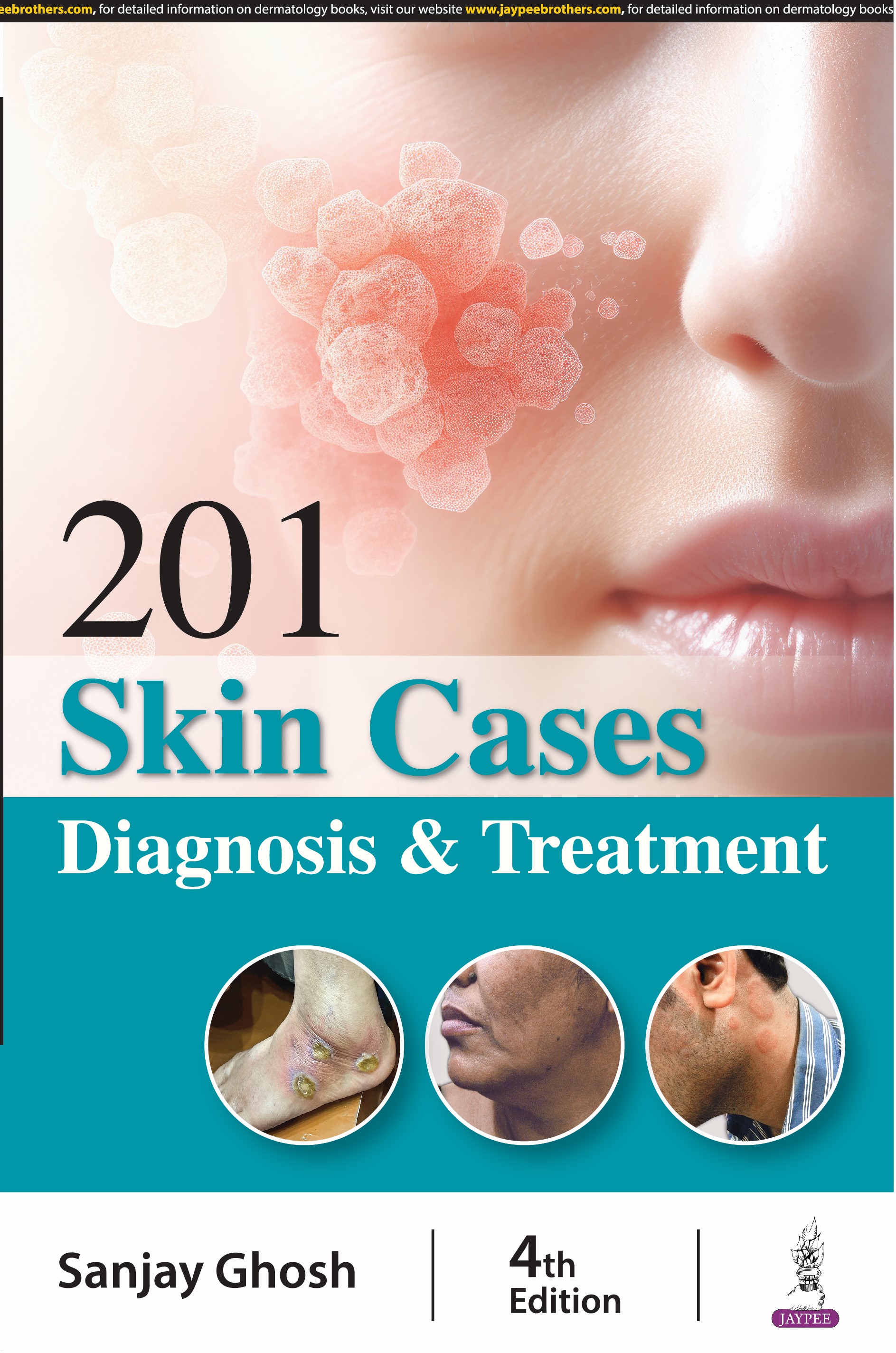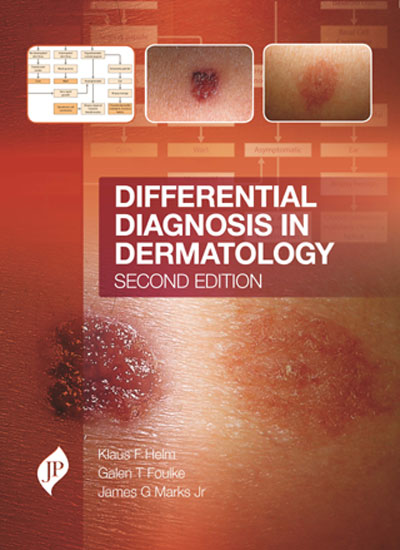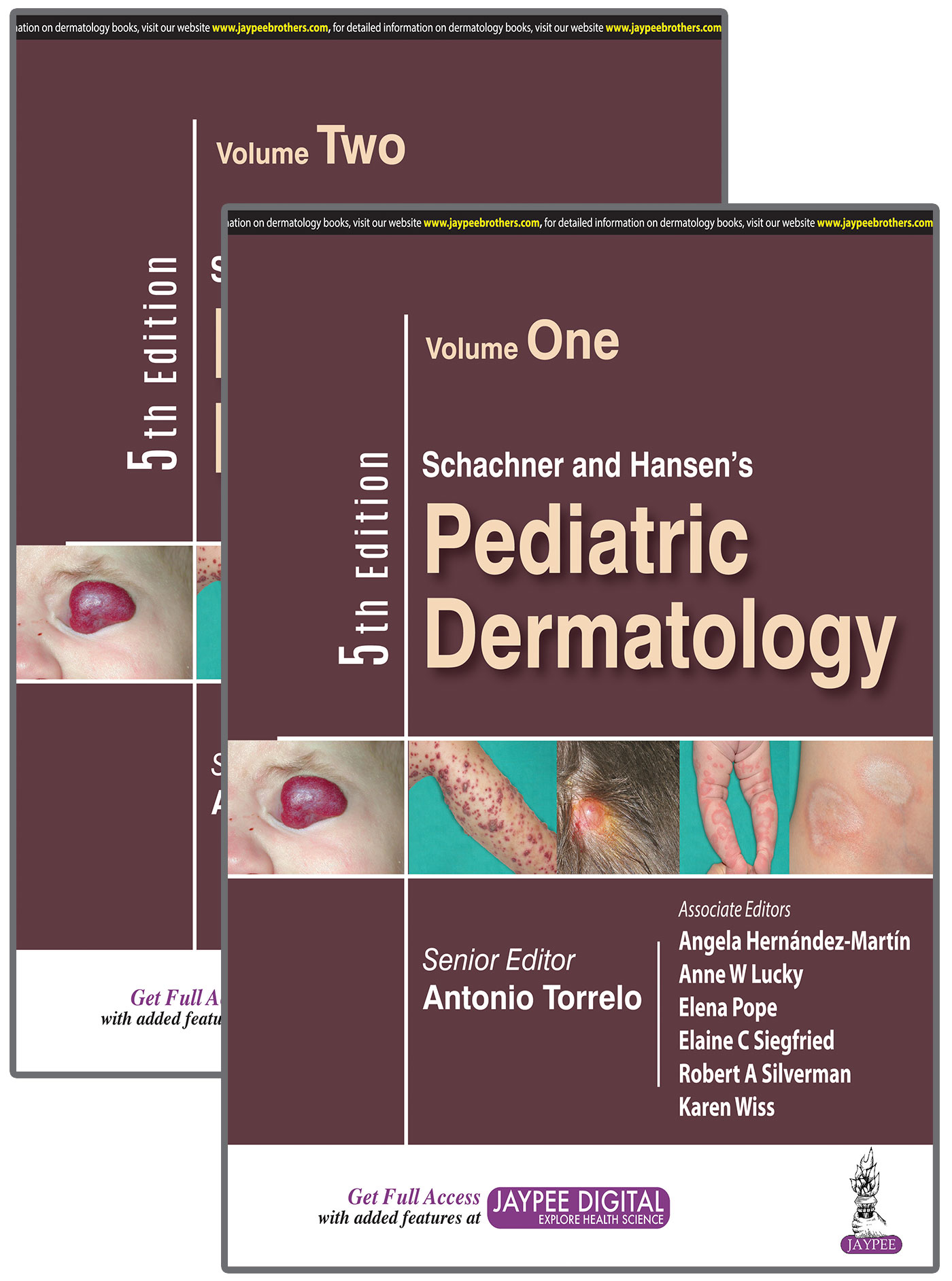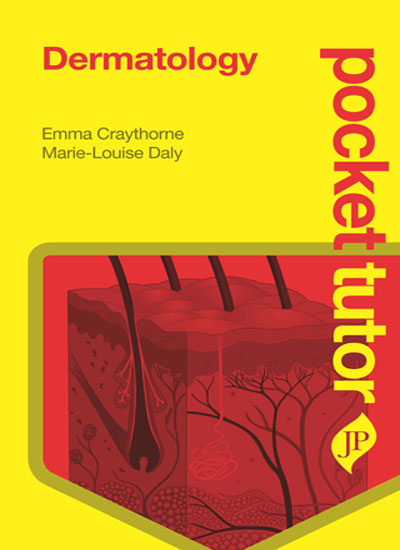Post Graduate | DERMATOLOGY, VENEREOLOGY AND LEPROSY | 9789356969216

201 SKIN CASES DIAGNOSIS & TREATMENT
SANJAY GHOSH
ISBN: 9789356969216 | 2024 | 4/E
Key Features
Dermatological training is often inadequately executed in MBBS
undergraduate and post-MBBS internship days which leads to the qualifying remarks either ÔøΩtoo difficultÔøΩ or ÔøΩvery simpleÔøΩ regarding the subject ÔøΩDermatologyÔøΩ by some qualified doctors in their practice. Whatever may be the attitude of the physician toward the subject, each and every doctor, whether practicing or nonpracticing, has to face and even treat dermatological cases in certain situation. Hence, doctors should have some basic concept about the subject of dermatology so that they do
not take the cases casually. They may not manage the case but they should know when to refer the patient to prevent fatality. This book represents a small attempt to bridge the gap or a humble;dialogue to communicate. This endeavor, however, has been based totally on visual language, which remains the basic conversation in clinical dermatology.
...
Read More...
-
Paper Back
Price
USD $ 65 GBP £ 54







